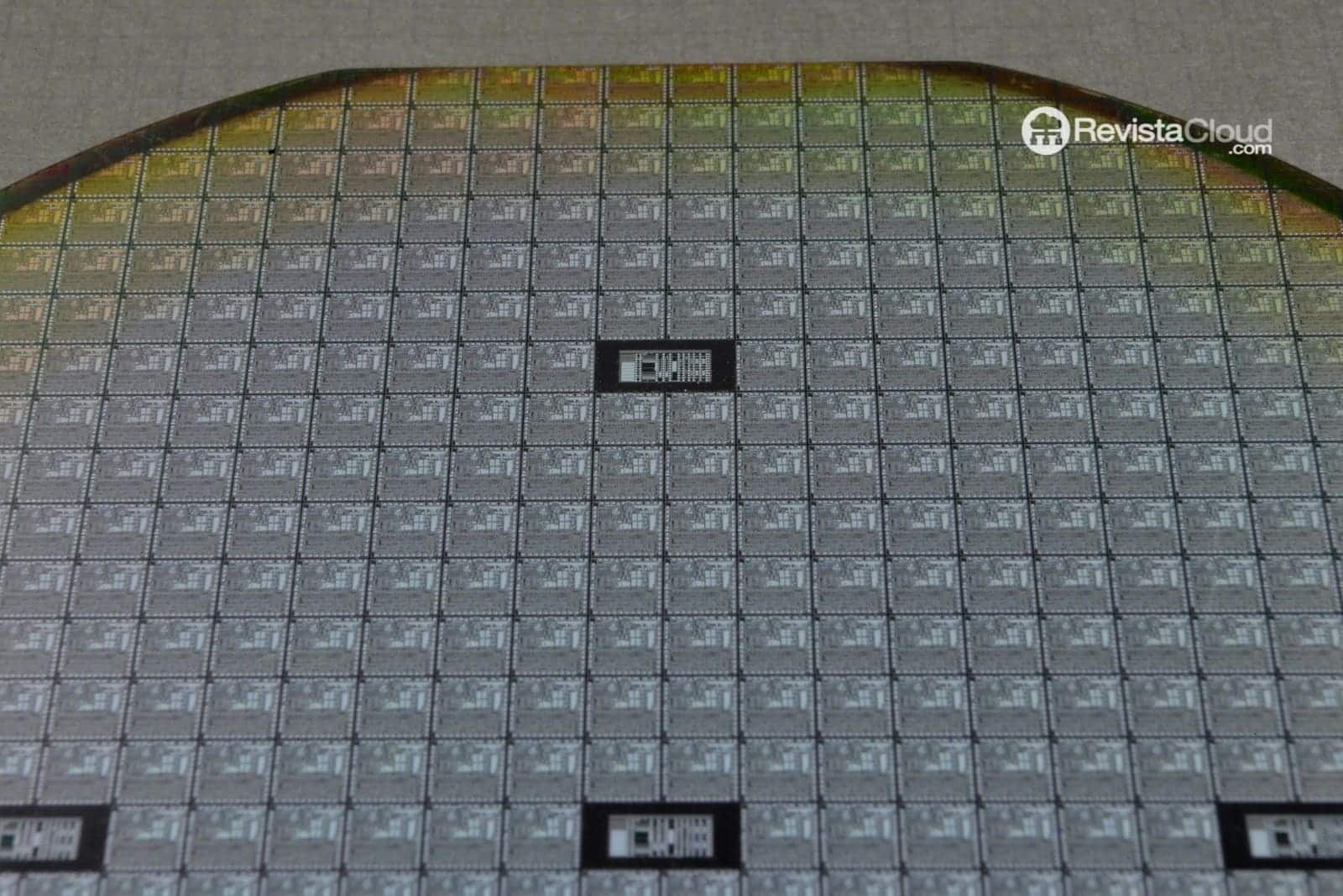The semiconductor industry is experiencing an unprecedented race toward miniaturization and efficiency, with investments reaching historic levels. According to data from TechInsights, in 2024 the top 20 companies in the sector allocated $98.68 billion to research and development (R&D), a 17% increase over the previous year, accounting for 96% of the sector’s global investment.
In this landscape, Intel and Samsung are at the center of the debate: they are the biggest spenders, yet they have yet to realize breakthroughs that lead to sustained technological dominance.
Intel: Heavy Spending, Few Certainties
Intel, the historic American microprocessor giant, remains the company with the largest R&D investment, with $16.55 billion in 2024, a year-over-year growth of 3.1%. This figure is remarkable, surpassing direct competitors like Nvidia ($12.5 billion) and TSMC ($6.36 billion).
The company, led by Pat Gelsinger, promised to regain technological leadership and has invested heavily in refining the 18A node (1.8 nanometers). However, issues with production yield rates and capacity shortages have slowed progress.
The financial impact has been clear: in 2024, Intel reported $18.8 billion in operating losses, fueling doubts about whether their massive R&D spending is translating into concrete results.
Despite this, the company remains a strategic asset for the U.S. industry, especially amid a geopolitical landscape where Washington aims to reduce its dependency on Asia for manufacturing advanced chips.
Samsung: The Biggest Leap in R&D
While Intel continues to lead in total spending, Samsung Electronics experienced the most explosive growth in 2024. The South Korean multinational allocated $9.5 billion to R&D, representing a 71.3% increase compared to $5.5 billion in 2023.
This jump moved Samsung from seventh to third place in the global R&D expenditure ranking. The effort aligns with its goal of competing in cutting-edge nodes like 2 nanometers, aiming to solidify its transition to GAA (Gate-All-Around) technology.
However, like Intel, Samsung has yet to achieve tangible results that mark a breakthrough in mass production of next-generation chips. Its memory divisions (DRAM and NAND) also face profitability issues, with margins shrinking in recent years.
Nvidia: The Quiet Challenger Threatening Leadership
While Intel and Samsung garner headlines for their massive investments, Nvidia has become an increasingly formidable competitor. With a R&D spend of $12.5 billion in 2024, a 47% increase from the previous year, Jensen Huang’s company has established itself as a key player in AI and high-performance computing.
TechInsights even projects that Nvidia could surpass Intel as the top R&D spender in 2025, reflecting both the company’s strong financial position and its focus on a rapidly expanding market.
TSMC and Rapidus: The Race Toward 2 Nanometers
Meanwhile, TSMC, the world’s largest semiconductor foundry, allocated $6.36 billion to R&D in 2024, an 8.8% increase over 2023. Although this places TSMC seventh in the ranking, it is the only pure-play foundry investing over $1 billion annually in research.
The company remains focused on the 2-nanometer node, slated for mass production in 2025–2026, positioning itself to compete directly with Samsung and Japanese Rapidus, which also plans to produce 2 nm chips by 2027.
An Industry in Costly Transformation
TechInsights’ report indicates that the race for the most advanced nodes requires “tens of billions of dollars” in annual investments. In 2024 alone, 15 of the top 20 firms increased their R&D spending, highlighting the pressure to stay competitive in a market characterized by technological innovation, geopolitical tensions, and shifting global demand.
The average R&D-to-revenue ratio among the top 20 companies was 15.8%. Intel spent 33.6% of its revenue on R&D, while Nvidia invested 10.8% of its $115.62 billion in revenue, with sustained growth over the past four years. Samsung maintained a more modest ratio of 11.7%.
Conclusion: Record Spending, Uncertain Results
The 2024 snapshot reveals a paradox: never before has there been such a high level of investment in semiconductor R&D, yet significant technological breakthroughs remain elusive.
Intel outspends everyone but struggles with manufacturing issues. Samsung doubles down but without guarantees of immediate success. Nvidia quietly advances, driven by the AI boom, while TSMC remains the most reliable manufacturer in the industry.
Ultimately, the race toward 2 nanometers and beyond will be a game of endurance — spending more won’t suffice; execution and innovation will define the winners.
FAQs
Which company invested the most in R&D in 2024?
Intel, with $16.55 billion, followed by Nvidia ($12.5 billion) and Samsung ($9.5 billion).
Why did Samsung increase its R&D spending so significantly?
Primarily to compete in advanced 2-nanometer nodes and technologies like GAA, as well as to regain competitiveness in memory markets.
What challenges does Intel face despite leading in investment?
Manufacturing difficulties at the 18A node, low yield rates, and operating losses exceeding $18.8 billion in 2024.
What role does Nvidia play in this race?
With a 47% growth in R&D in 2024, Nvidia threatens to overtake Intel in spending and capitalizes on the demand for AI and supercomputing chips.
via: wccftech and korea joongang daily

